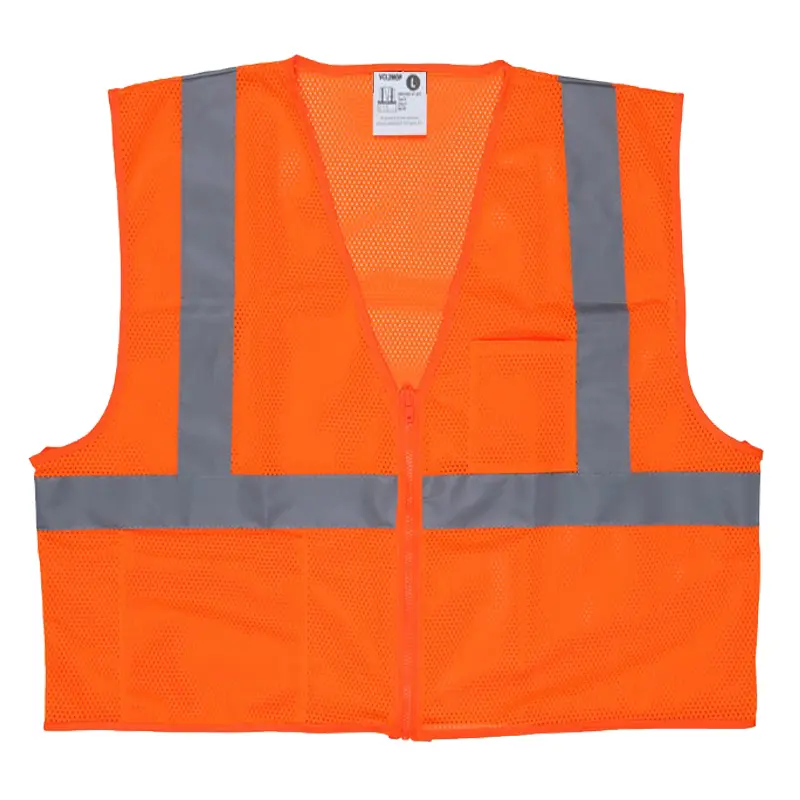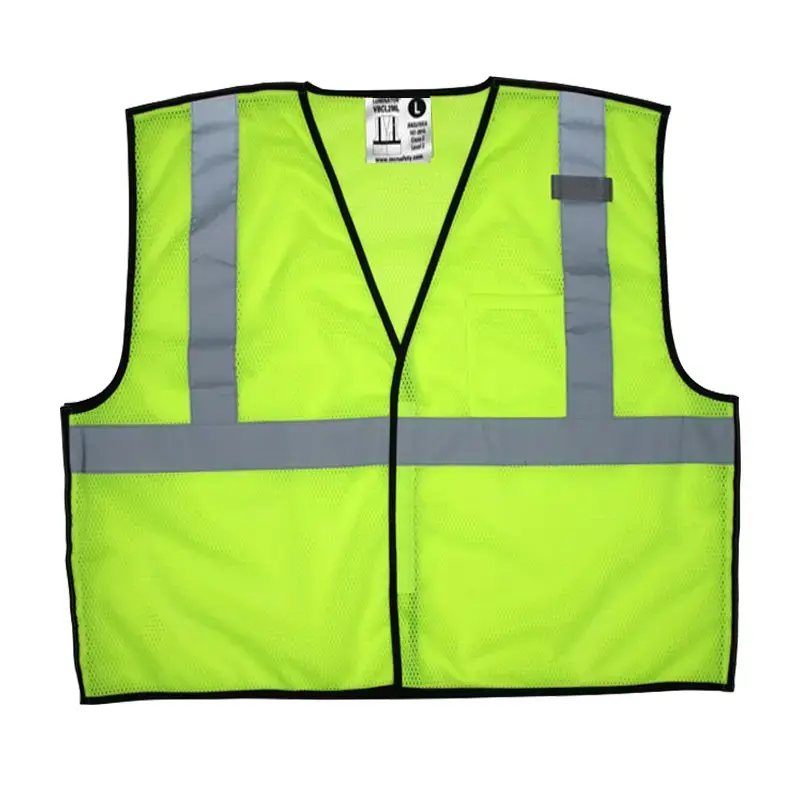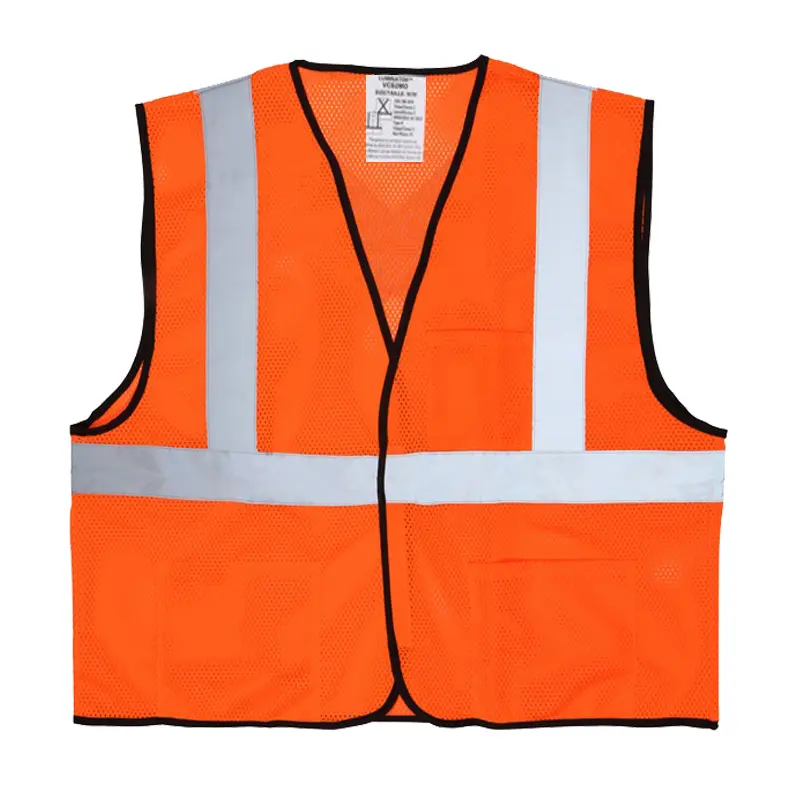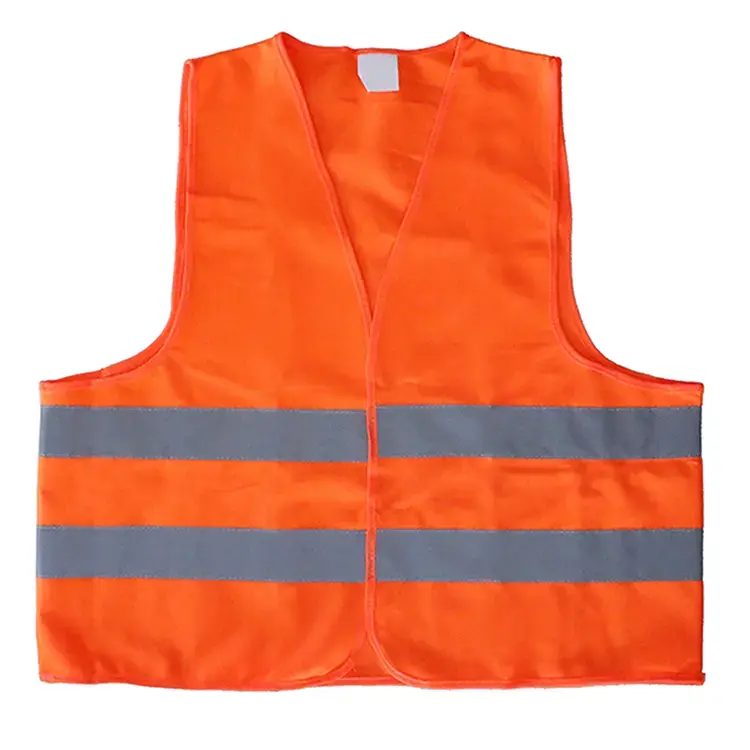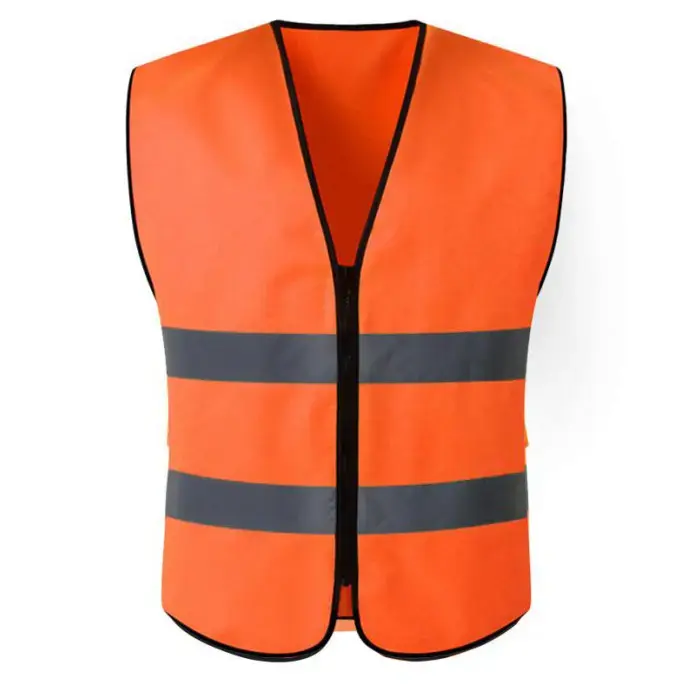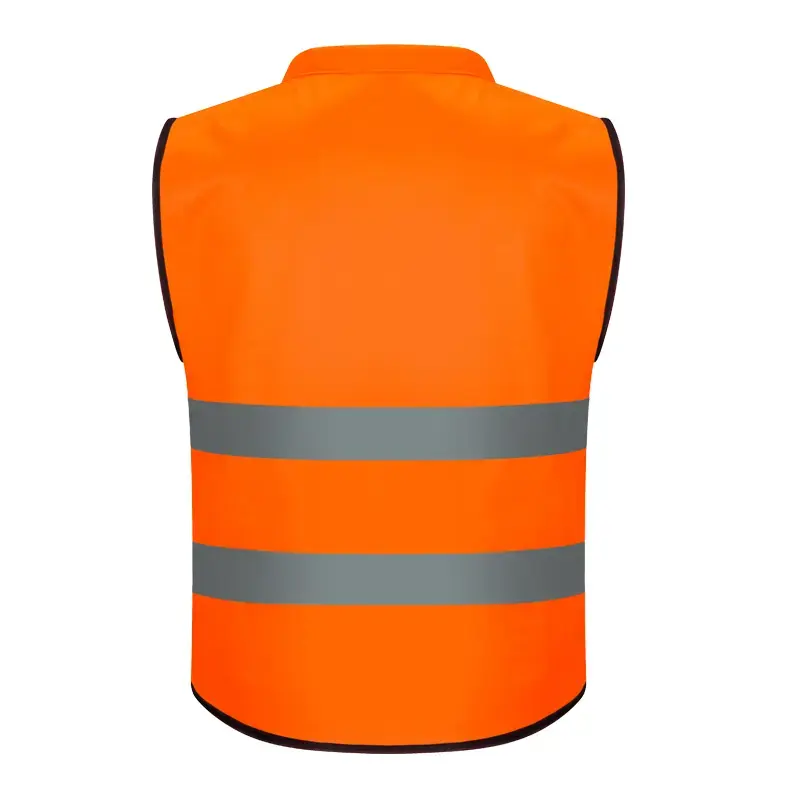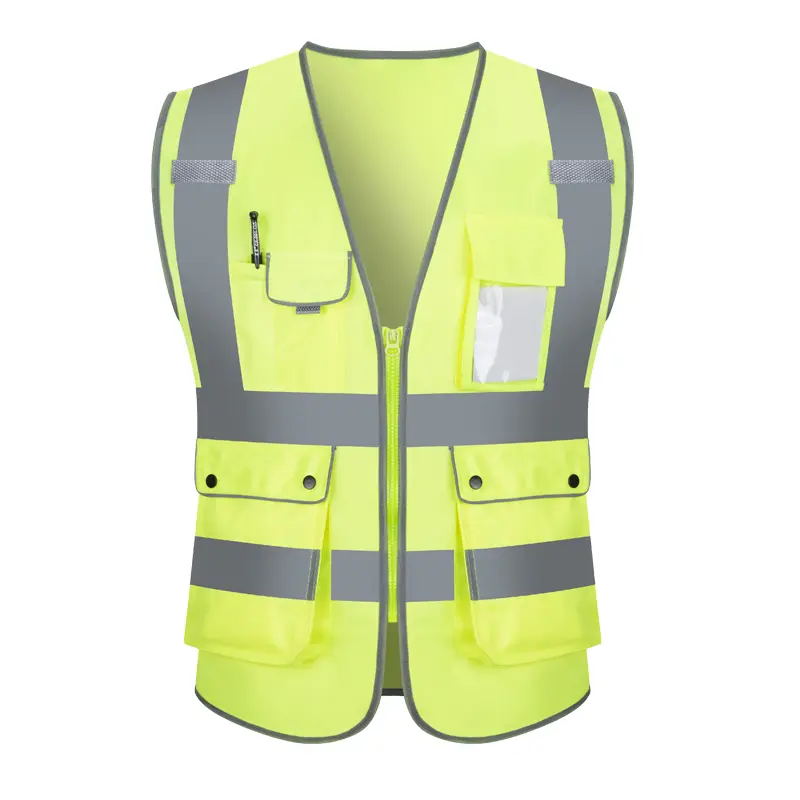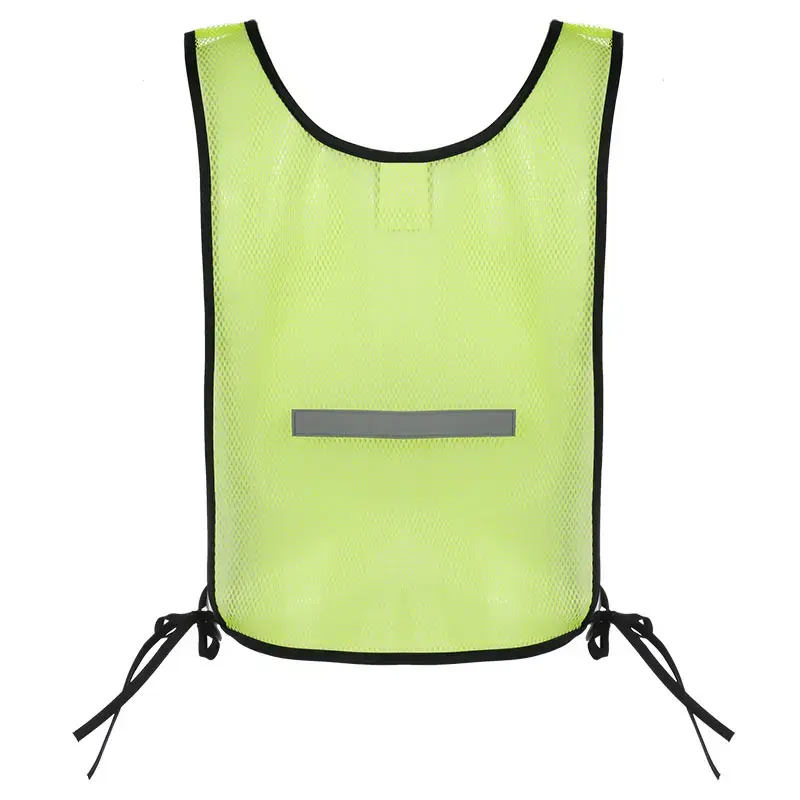Overview of Customized Reflective T-shirt Printing Process
1. Overview of Customized Reflective T-shirt Printing Process
When customizing reflective T-shirts, the choice of printing process is crucial, which directly affects the reflective effect, pattern quality, durability and wearing comfort of the T-shirt. The following are several common printing processes for customized reflective T-shirts.
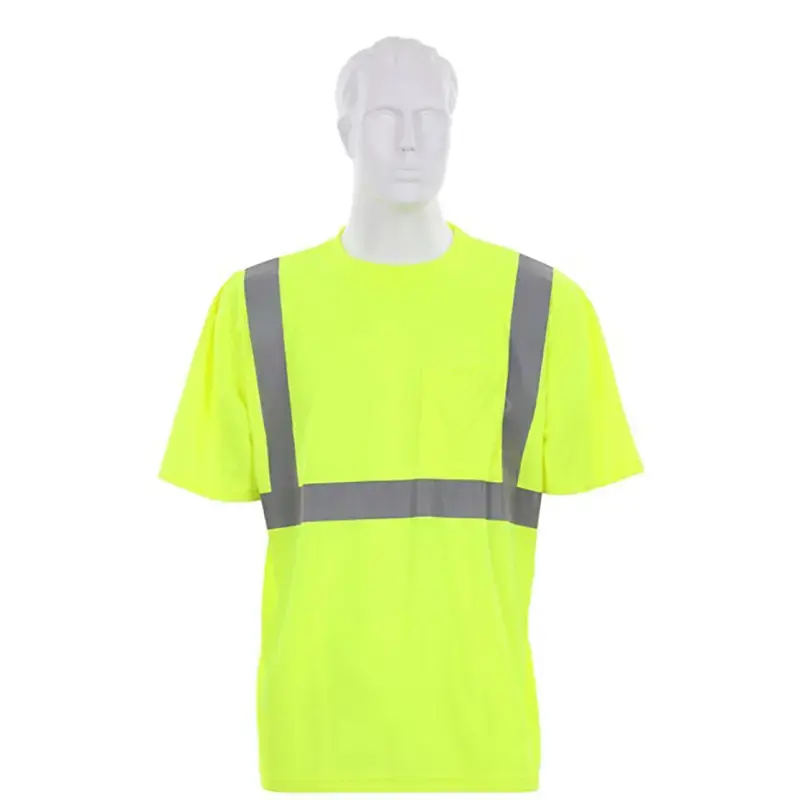
2. Screen printing
Principle: Screen printing is a traditional printing process. By using the screen as the base, a screen printing plate with graphics is made using the photosensitive platemaking method, and then the ink is pressed onto the T-shirt through the screen.
Features:
Bright colors: It can present rich colors with high color saturation, and the pattern has a good visual effect during the day.
Strong adhesion: The ink has good adhesion to the fabric, the pattern is not easy to fall off, and it has strong washability. After multiple washings, it can still maintain a good reflective effect and pattern integrity.
Suitable for mass production: After plate making, it can be quickly printed on a large number of T-shirts, with high production efficiency and relatively low cost, which is very suitable for large orders from international wholesale buyers.
Reflective effect realization: Special reflective ink is used, which contains reflective materials such as glass beads. When exposed to light, these beads can reflect light back to the light source, thereby producing a reflective effect.
Applicable scenarios: Suitable for customization of reflective T-shirts with rich color requirements, complex patterns and large order volumes, such as team work clothes, event commemorative shirts, etc.
3. Thermal transfer
Principle: First print the pattern on special transfer paper, and then transfer the pattern to the T-shirt through high temperature and high pressure equipment.
Features:
Easy operation: No need to make complex printing plates, only ordinary printers and thermal transfer equipment are needed, which is suitable for small batch production or personalized customization.
High pattern accuracy: High-resolution pattern printing can be achieved, and patterns and photos with rich details can be perfectly restored, and the pattern clarity is high.
Soft feel: Compared with screen printing, the pattern of thermal transfer has a better feel and will not affect the wearing comfort of the T-shirt.
Reflective effect realization: Use thermal transfer paper with reflective coating. During the transfer process, the reflective coating will adhere to the T-shirt to achieve the reflective effect. This reflective effect is usually more durable, but you need to pay attention to the temperature and method when washing to avoid damaging the reflective coating.
Applicable scenarios: Suitable for customization of small batches and personalized reflective T-shirts, such as meeting the special design needs of specific customers, a small number of promotional T-shirts, etc.
4. Digital direct printing
Principle: Use digital inkjet technology to directly print ink on the T-shirt fabric, and realize accurate printing of patterns through computer control.
Features:
Highly personalized: According to customer needs, any pattern can be quickly designed and printed without plate making, which can meet the customer's personalized customization needs.
Rich colors: It can present 16.7 million colors, with natural color transitions, excellent printing effects for gradient colors and complex patterns, and lifelike patterns.
Good breathability: Since there is no intermediate carrier such as transfer paper, the ink directly penetrates into the fabric fiber, the printed part has good breathability and is comfortable to wear.
Reflective effect realization: Use special reflective ink for printing, which can produce reflective effect under specific light. However, the current technology of reflective ink is relatively limited, and its reflective effect may not be as significant as the reflective process of screen printing and thermal transfer.
Applicable scenarios: Suitable for customization of reflective T-shirts with extremely high personalized requirements and complex patterns, especially for those customer groups who pursue fashion and unique designs, such as designer brands, trendy cultural activities, etc.
5. Glue printing
Principle: The glue is printed on the T-shirt by screen printing to form a pattern.
Features:
Thick three-dimensional sense: 3D convex effect can be made, so that the pattern has a strong three-dimensional sense and texture, and the visual effect is unique.
High color saturation: The color is bright and full, which can attract people's attention, and the visual effect of the pattern is more prominent during the day and at night.
Strong washability: The adhesive has good adhesion to the fabric, and the pattern can still maintain good integrity and color vividness after multiple washings.
Reflective effect realization: Although the adhesive printing itself does not have a reflective effect, the reflective effect can be achieved by adding reflective materials to the adhesive or superimposing it with reflective materials. However, this method has high requirements for the process, and the reflective effect may be subject to certain restrictions.
Applicable scenarios: It is often used to make reflective T-shirts with fashion elements and three-dimensional patterns, such as trendy clothing, personalized decorative T-shirts, etc.
6, water slurry printing
Principle: Similar to traditional adhesive printing, but a water-based slurry is used to print the pattern on the T-shirt through a screen.
Features:
Good breathability: The ink penetrates into the fiber, does not clog the pores, has good breathability, is comfortable to wear, and does not affect the original performance of the clothing.
No feel: The printed pattern has no obvious gelatinous feel, feels soft, and is integrated with the T-shirt fabric, providing a good wearing experience.
Environmentally friendly and non-toxic: The materials used in water slurry printing are relatively environmentally friendly and non-irritating to the skin. They are suitable for clothing that comes into direct contact with the skin, especially children's clothing.
Reflective effect realization: It is difficult to achieve reflective effects with water slurry printing because the characteristics of its ink are not conducive to the adhesion and presentation of reflective materials. If a certain degree of reflective effect is to be achieved, it may be necessary to combine other processes or use special reflective water slurries, but such processes are relatively rare at present.
Applicable scenarios: It is suitable for customization of reflective T-shirts with high requirements for breathability and wearing comfort and relatively simple patterns, such as sportswear, casual T-shirts, etc.
7. Foam printing
Principle: The foaming slurry is screen printed onto the T-shirt. After high temperature treatment, the foaming agent in the foaming slurry decomposes to produce gas, causing the pattern to expand to form a soft three-dimensional relief.
Features:
Soft and light: The expanded pattern feels soft and light, giving people a comfortable feeling, which increases the fun and fashion sense of the T-shirt.
Strong covering power: It can cover the color of the fabric well, and can achieve rich color effects on T-shirts of various colors, and the pattern has a strong three-dimensional sense.
Reflective effect realization: Foam printing itself does not have a reflective effect, and the surface of the pattern after expansion is relatively rough, which is not conducive to the attachment of reflective materials. If you want to achieve the reflective function, it is usually necessary to combine it with other reflective processes, such as covering the surface of the foaming pattern with a layer of reflective film or printing reflective materials for the second time.
Applicable scenarios: It is often used to make interesting and creative reflective T-shirts, such as holiday theme T-shirts, children's cartoon T-shirts, etc., to increase the attractiveness and uniqueness of clothing.
8. Hot stamping / hot silver
Principle: The metal foil is pressed onto the T-shirt at high temperature to make it firmly attached to the surface of the fabric.
Features:
Metallic luster: It has a strong metallic luster and luxurious visual impact, which can enhance the grade and fashion sense of the T-shirt, making the pattern visually outstanding both during the day and at night.
Exquisite pattern: It can achieve high-precision pattern printing, with clear and delicate lines and exquisite patterns, which is suitable for making various complex patterns and texts.
Reflective effect realization: The metal foil itself has good reflective properties and can reflect dazzling light under light, thus achieving a strong reflective effect. This reflective effect is long-lasting and stable, but care should be taken to avoid high temperature and excessive friction during washing to avoid damaging the metal foil.
Applicable scenarios: It is suitable for making high-quality, luxurious reflective T-shirts, such as high-end brand clothing, dresses, evening wear, etc., and can also be used to make some commemorative limited edition T-shirts.
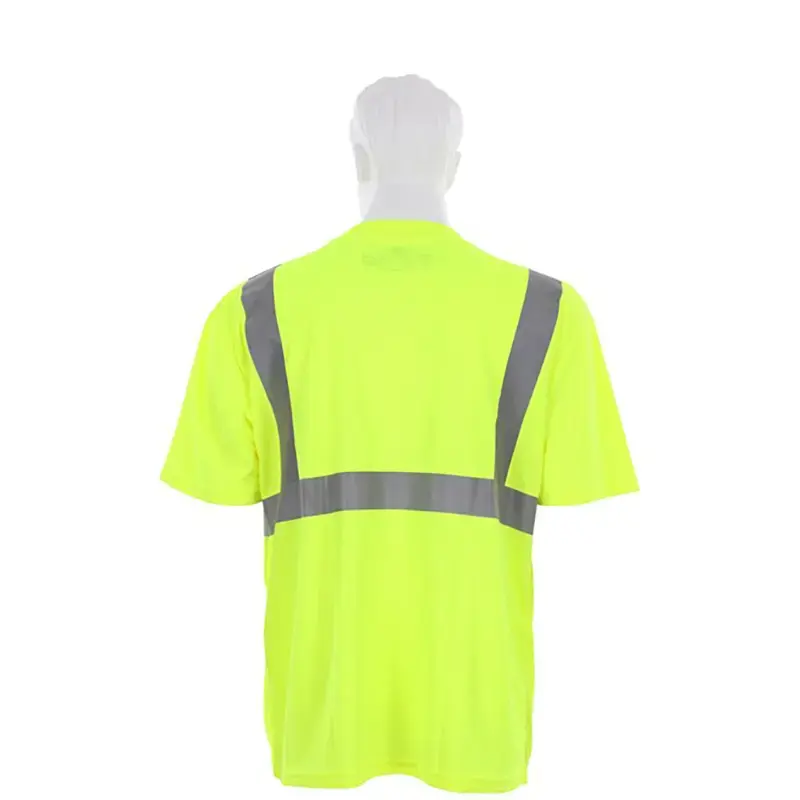
9. Flocking printing
Principle: The short fluff is fixed to the surface of the T-shirt through an adhesive to form a fluffy pattern.
Features:
Soft touch: The surface is covered with short fluff, which is as soft as velvet, giving people a comfortable and warm feeling, and increasing the texture of the T-shirt.
Strong three-dimensional sense: The height and density of the fluff can increase the three-dimensional sense and layering of the pattern, making the pattern more vivid.
Reflective effect realization: Flocking printing itself does not have a reflective effect, but a certain degree of reflective effect can be achieved by adding reflective materials to the flocking pattern or applying a reflective coating on the flocking surface. However, this reflective effect is relatively weak and may be limited by the flocking material and process.
Applicable scenarios: Suitable for making reflective T-shirts with retro style, thick winter T-shirts, or reflective T-shirts that need to increase touch and texture, such as retro sportswear, festival theme T-shirts, etc.
10. Luminous printing
Principle: Printing is done using special fluorescent pigments that can glow in the dark after absorbing light.
Features:
Luminous effect: It can emit a soft glow in a dark environment, which usually lasts for 2-4 hours. It has a unique visual effect and can increase the fun and attractiveness of T-shirts.
Rich colors: In addition to the luminous effect, it can also present rich colors, showing different visual effects during the day and at night.
Reflective effect realization: Luminous printing itself mainly focuses on the luminous effect, and its reflective effect is relatively weak. But to a certain extent, luminous pigments can also reflect part of the light, especially in a dark environment, which may produce a certain reflective effect.
Applicable scenarios: It is suitable for making night activity clothing, children's toy clothing, concert peripheral products, etc., to increase the fun, safety and uniqueness of clothing.
11. Digital sublimation
Principle: The dye ink is sprayed on the transfer paper, and then the ink is vaporized by high temperature and high pressure and penetrated into the polyester fiber to integrate the pattern with the fabric.
Features:
Bright colors: It can present bright and full colors, with high color reproduction of the pattern and good visual effect.
No feel: Because the ink penetrates into the fiber, the printed pattern has no gelatinous feel, feels soft, is comfortable to wear, and does not affect the breathability and elasticity of the clothing.
Good durability: The pattern is tightly combined with the fabric, is washable and resistant to friction, not easy to fade and fall off, and can maintain a good visual effect for a long time.
Reflective effect realization: The digital sublimation process itself does not have a reflective effect, because its ink and process characteristics are not conducive to the adhesion and presentation of reflective materials. If a reflective effect is required, secondary processing is usually required on the basis of the sublimation pattern, such as adding a reflective coating or compounding with a reflective material.
Applicable scenarios: It is mainly suitable for the customization of reflective T-shirts made of white or light-colored chemical fiber fabrics, such as sports quick-drying T-shirts, e-sports team uniforms, etc., and the effect on pure cotton fabrics is poor.
12. Colorful reflective printing
Principle: Using the principles of light reflection and dispersion, through special reflective materials and processes, the printed pattern presents different colorful effects at different angles.
Features:
Unique visual effect: The colorful reflective effect is unique and dazzling, and can produce rich color changes with different viewing angles, which greatly enhances the fashion sense and attractiveness of the T-shirt and makes the wearer the focus under different light.
High technical requirements: The colorful reflective printing process is relatively complex, and has high requirements for materials, equipment and process control. It requires precise formulas and fine operations to ensure the stability of the reflective effect and the clarity of the pattern.
Reflective effect realization: Special colorful reflective materials are used. These materials, under the irradiation of light, decompose the light into different wavelengths through reflection and refraction of light, thus presenting a colorful effect. This reflective effect can not only reflect light, but also produce color changes, which increases the visual interest and beauty.
Applicable scenarios: It is suitable for making fashionable T-shirts, stage costumes, creative gifts, etc., especially for those customers who pursue uniqueness, personalization and fashion.
13. Reflective material composite process
Principle: Reflective materials (such as reflective film, reflective cloth, etc.) are composited with T-shirt fabrics, and the reflective materials are fixed on the T-shirts by bonding, sewing, etc.
Features:
Strong reflective effect: Reflective materials usually have high reflective intensity, can reflect strong light under light irradiation, and provide good warning and visual effects.
Diverse composite methods: According to design requirements and T-shirt styles, different composite methods can be selected, such as whole-piece composite, partial composite, splicing composite, etc., to achieve rich design effects.
Good durability: Reflective materials have been specially treated and have good wear resistance, water resistance, weather resistance and other properties. They can maintain reflective effects for a long time and are suitable for various environments and usage scenarios.
Reflective effect realization: Use high-quality reflective materials, such as 3M reflective film, etc. These materials contain a large number of glass beads or micro-prism structures, which can effectively reflect light and achieve strong reflective effects. By compounding reflective materials with T-shirts, T-shirts can have good visibility at night or in low-light environments.
Applicable scenarios: Widely used in traffic safety clothing, outdoor sportswear, work clothes and other fields, such as construction workers' clothing, traffic police clothing, cycling clothing, etc., to improve the safety of the wearer. It can also be used in fashion design to increase the uniqueness and personalized elements of clothing.
14. Comprehensive considerations for process selection
Design requirements
Pattern complexity: If the pattern is more complex, containing rich details, gradient colors and fine lines, digital direct printing and thermal transfer are better choices, which can restore the pattern with high precision. Screen printing is more suitable for designs with relatively simple patterns and large color blocks.
Color requirements: For patterns with high color vividness requirements, screen printing, glue printing and hot stamping/hot silvering can provide rich color effects; if you pay attention to color accuracy, digital direct printing and thermal transfer can better meet the needs.
Special effect requirements: If special effects such as three-dimensionality and texture are required, the 3D convex effect of glue printing, the relief feeling of foam printing, the velvet touch of flocking printing, and the metallic luster of hot stamping/hot silver can all achieve the corresponding effects.
Order volume
Large batch orders: Screen printing has obvious advantages in mass production. It can be printed quickly after plate making, with low cost and high efficiency. It is suitable for large-scale customized reflective T-shirts such as corporate group clothes and event commemorative shirts.
Small batch or personalized orders: Thermal transfer, digital direct printing and other processes are more suitable for small batch or personalized customization. They do not require plate making, are flexible to operate, and can quickly respond to customers' personalized needs, such as special designs for specific customers, a small number of promotional T-shirts, etc.
Fabric material
Cotton fabric: Screen printing, digital direct printing, water slurry printing and other processes have good application effects on cotton fabrics. Among them, the patterns of screen printing and water slurry printing have strong adhesion, and the patterns of digital direct printing are delicate and breathable.
Chemical fiber fabrics: Digital sublimation technology can present bright colors and no touch on white or light-colored chemical fiber fabrics, which is suitable for making sports quick-drying T-shirts, etc.; and thermal sublimation heat transfer in thermal transfer is also suitable for chemical fiber fabrics, with large pattern areas and bright colors.
Special fabrics: For some special fabrics, such as leather, artificial leather, etc., processes such as glue printing can adapt to the characteristics of their materials for printing.
Cost budget
Screen printing: The plate making cost is relatively high, but the unit cost is low in mass production, which is suitable for large-scale production.
Thermal transfer, digital direct printing: No plate making is required, and the initial cost is low, but in mass production, since each T-shirt needs to be printed or transferred separately, the cost will gradually increase with the increase in quantity, but it is lower than the small batch cost of screen printing.
Glue printing, hot stamping/silvering and other processes: The cost will vary depending on the material and process complexity. The cost of glue printing is relatively moderate, while the cost of special processes such as hot stamping/silvering is relatively high.
Quality and durability
Pattern clarity: Digital direct printing and thermal transfer have high pattern clarity and fine lines, which are suitable for reflective T-shirts with high requirements for pattern accuracy; screen printing performs well in terms of color vividness and pattern integrity, but is slightly inferior in terms of detail presentation.
Washability: The patterns of screen printing, glue printing, water slurry printing and other processes have good washability and can still maintain a good state after multiple washings; while the washability of thermal transfer and digital direct printing is relatively weak, especially the patterns of thermal transfer may crack and fade after multiple washings.
Reflective effect durability: The reflective effect of the reflective material composite process is long-lasting and stable, and can maintain good reflective performance for a long time; while some processes that achieve reflective effects by printing reflective materials may gradually weaken their reflective effects as the number of washing and wearing increases.
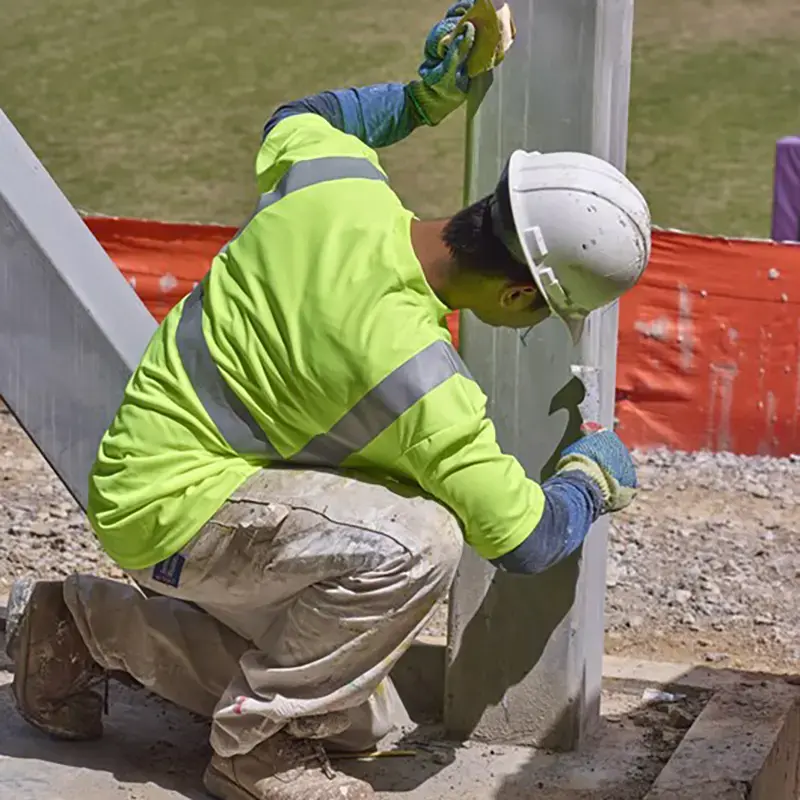
15. Summary
When customizing reflective T-shirts, it is crucial to choose the right printing process. Screen printing, thermal transfer, digital direct printing and other processes have their own advantages and disadvantages, and are suitable for different order requirements and fabric types. For international wholesale buyers, it is necessary to comprehensively consider factors such as order quantity, design requirements, fabric material, cost budget, etc. to select the most suitable printing process to ensure the quality and effect of reflective T-shirts, meet customer needs, and enhance the market competitiveness of products.
In short, understanding the characteristics and applicable scenarios of various printing processes can help you make wise choices when customizing reflective T-shirts, and create products that have good reflective performance, meet the requirements of design aesthetics and wearing comfort, so as to stand out in the fierce market competition and win the trust and satisfaction of customers.

